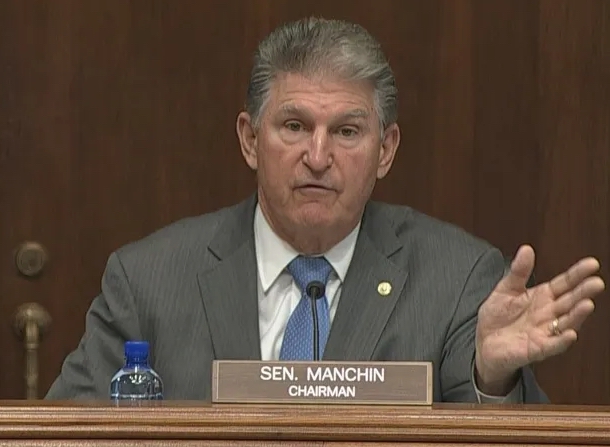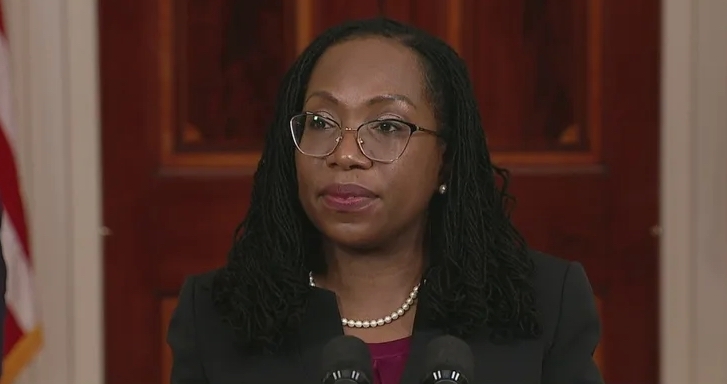It was recently reported that “Justice Clarence Thomas, a reliable conservative vote on the Supreme Court, is mulling retirement.” In response, Thomas’s wife Ginni posted the following message on her Facebook page:
For all those who are contacting me about the possibility of my husband retiring, I say — unsubscribe from those false news sources and carry on with your busy lives.
IT. IS. BOGUS!
I certainly hope that’s true. Justice Thomas is much more than “a reliable conservative vote.” As even Jeffery Toobin, Thomas’s long-time critic at the New Yorker, recently admitted, “Thomas is the most prolific opinion writer on the Court”:
[He] wrote opinions in thirty-eight of the sixty-two cases the Justices decided in the 2015-16 term. That’s twice as many as Justice Samuel Alito … the next-most active writer on the court.
What’s more, Thomas’s opinions aren’t just the most numerous; they’re also the most interesting. Toobin calls Thomas’s view of the Constitution “highly idiosyncratic,” and he means it in a bad way. In fact, the whole point of his piece is to denigrate Thomas’s “judicial eccentricity” and look forward to a future in which:
Thomas will continue his own way, increasingly alone, as the Court, for the first time in two generations, moves to the left.
Personally, however, I’m very glad that Thomas is willing to challenge conventional wisdom and “think outside the box.” The conventional approach to constitutional adjudication leaves a lot to be desired, and bold challenges to that approach are exactly what we need.
Thomas’s recent dissent in Whole Woman’s Health v. Hellerstedt is a case in point. The issue in Hellerstedt was the Constitutionality of a Texas law requiring abortion facilities to meet the medical standards that apply to ambulatory surgical centers and requiring physicians who perform abortions at such facilities to have admitting privileges at a hospital no more than 30 miles away. Applying a standard of review that it had previously adopted in Planned Parenthood v. Casey, the majority found that those requirements placed an “undue-burden” on women who wish to have abortions, and it stuck down the law. In his dissent, Thomas identifies three ways in which the majority “radically rewrites the undue-burden test,” but he doesn’t leave it at that. He then goes on to challenge the Court’s authority to invent and apply such tests in the first place. To understand that challenge, it helps to know a bit about American legal history.
As the Declaration of Independence makes clear, the United States was founded on the principle that government exists to protect the natural rights of the governed, including especially the natural right to liberty. It’s impossible to make sense of the Constitution without assuming that underlying presumption of liberty. Nevertheless, as I noted last week, early 20th century progressives were contemptuous of natural liberty and regarded the Constitution and its limits on government power as a problem to be solved. In 1905 one of them, US Supreme Court Justice Oliver Wendell Holmes, proposed a solution: replace the presumption of liberty with a presumption of constitutionality. In a famous dissent in Lochner v. New York—a case in which the Court struck down a state law limiting bakers’ hours of work—Holmes brushed aside the idea of natural liberty:
The liberty of the citizen to do as he likes so long as he does not interfere with the liberty of others to do the same … has been a shibboleth for some well known writers.
Laws, no matter how “injudicious” or “tyrannical,” should be upheld, said Holmes:
Unless it can be said that a rational and fair man necessarily would admit that [they] would infringe fundamental principles as they have been understood by the traditions of our people and our law.
It took more than thirty years, but under intense pressure from the Roosevelt administration the Supreme Court eventually adopted this highly differential standard of review as a general principle. However, it wasn’t willing to completely abdicate its duty to defend the people from unconstitutional laws. In 1938, when it upheld a federal law banning the shipment of milk mixed with margarine in United States v. Carolene Products, the Court affirmed its commitment to the new deferential standard:
Regulatory legislation affecting ordinary commercial transactions is not to be pronounced unconstitutional unless … it is of such a character as to preclude the assumption that it rests upon some rational basis.
However, in what has been called the most important footnote in American legal history, the Court left open the possibility of “more exacting judicial scrutiny” for:
Legislation [that] appears on its face to be within a specific prohibition of the Constitution, such as those of the first ten amendments.
For:
Legislation which restricts those political processes which can ordinarily be expected to bring about repeal of undesirable legislation.
And when:
Prejudice against discrete and insular minorities … tends seriously to curtail the operation of those political processes ordinarily to be relied upon to protect minorities.
This footnote, had the effect of dividing Americans’ rights into two groups: those that would be protected by the courts, and those that would not.
As time went by the two-part division proved insufficient, and the Court developed an increasingly complicated hierarchy of rights and invented a different standard of scrutiny for each level. The “undue-burden” test that the Court ostensibly applied in Hellerstedt is supposed to be an “intermediate” standard falling somewhere between the “strict” scrutiny that it applies to laws dealing with things like freedom of speech and racial discrimination, and the “rational basis” scrutiny that it applies to ordinary, run-of-the-mill regulations.
In his Hellerstedt dissent, Thomas calls this entire Rube Goldberg apparatus into question:
The majority’s furtive reconfiguration of the standard of scrutiny applicable to abortion restrictions also points to a deeper problem. The undue-burden standard is just one variant of the Court’s tiers-of-scrutiny approach to constitutional adjudication. And the label the Court affixes to its level of scrutiny in assessing whether the government can restrict a given right … is increasingly a meaningless formalism. As the Court applies whatever standard it likes to any given case, nothing but empty words separates our constitutional decisions from judicial fiat.
The Constitution does not prescribe tiers of scrutiny….
But the problem now goes beyond that. If our recent cases illustrate anything, it is how easily the Court tinkers with levels of scrutiny to achieve its desired result. This Term, it is easier for a State to survive strict scrutiny despite discriminating on the basis of race in college admissions than it is for the same State to regulate how abortion doctors and clinics operate under the putatively less stringent undue-burden test….
The Court has simultaneously transformed judicially created rights like the right to abortion into preferred constitutional rights, while disfavoring many of the rights actually enumerated in the Constitution. But our Constitution renounces the notion that some constitutional rights are more equal than others. A plaintiff either possesses the constitutional right he is asserting, or not…. A law either infringes a constitutional right, or not…. Unless the Court abides by one set of rules to adjudicate constitutional rights, it will continue reducing constitutional law to policy-driven value judgments until the last shreds of its legitimacy disappear. [Quotation marks and citations omitted.]
In the New Yorker piece cited above, Jeffery Toobin says:
The abortion dissent explains why Thomas is so cut off on the Court, even from his fellow-conservatives. He doesn’t respect the Court’s precedents.
This is a common complaint. Last year I heard an interviewer ask Justice Thomas about it. His response: “I respect the Court’s precedents, but I respect the Constitution even more.”


